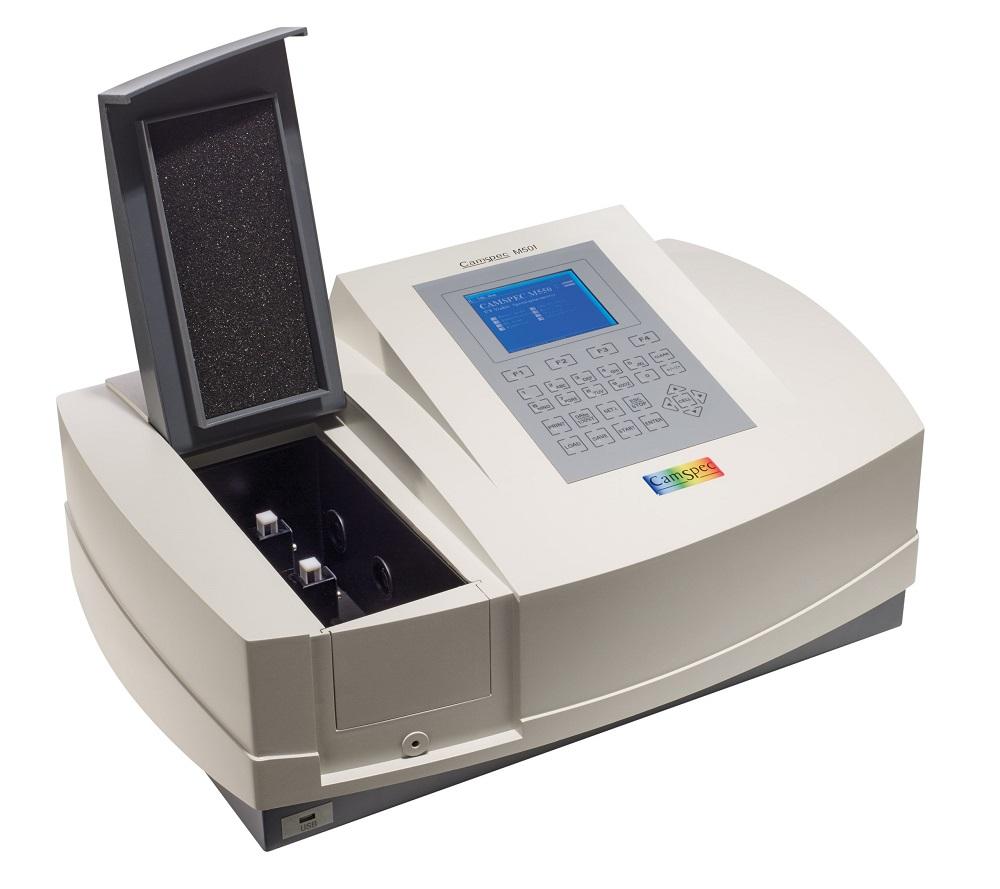Spectrophotometer: An Indispensable Instrument in Science

Spectrophotometers are critical scientific instruments that are used widely across various disciplines like chemistry, biology, physics, material sciences and more. Let’s take a deeper look into what a spectrophotometer is and its applications.
What is a Spectrophotometer?
A spectrophotometer is an instrument that measures how much light is transmitted or absorbed by a sample at specific wavelengths. It works on the principle that each molecule and atom absorbs or transmits light at unique wavelengths depending on its structure and chemical composition. By exposing a sample to light and measuring the intensity of light that passes through it, a spectrophotometer can identify unknown compounds and determine their concentrations.
Basic Components and Workings
A Spectrophotometer consists of main components like a light source, wavelength selector, sample holder and detector. Here is a brief overview of how it works:
- Light from a source like a tungsten lamp or deuterium/xenon arc lamp passes through a wavelength selector which allows only specific wavelengths to pass through. This is typically a prism or grating monochromator.
- The monochromatic light then strikes the sample which is placed in a sample holder or cuvette. Some light passes through the sample while some gets absorbed depending on the chemical composition.
- The transmitted light intensity is measured by a detector, usually a photodiode or photomultiplier tube. This measurement is then compared to a blank reference sample to obtain the absorption or transmission reading.
- By taking readings across the UV-Vis or infrared spectrum, it generates an absorption spectrum unique to that sample which can then be analyzed.
Applications in Chemistry
Spectrophotometers find widespread applications in chemistry labs for quantitative analysis:
Concentration Determination
- They are used to determine concentrations of unknown solutions by measuring absorption and relating it to the Beer-Lambert law. This is applied in determining concentrations of dissolved substances.
Purity Testing
- The purity or percentage of an analyte in a sample can be assessed by observing its characteristic absorption peaks in the spectrum.
Kinetics Studies
- Reaction kinetics and rates can be studied by taking periodic absorption readings of reactants and products over time using a spectrophotometer.
Materials Analysis
- Spectroscopic techniques using these instruments help analyze materials like polymers, textiles, glasses etc. and study defects, phases, crystallinity and more.
Applications in Biology
Some key uses of spectrophotometers in biology and biomedical sciences include:
Nucleic Acid Quantification
- DNA and RNA concentrations are routinely measured based on their strong UV absorption at 260nm using a spectrophotometer.
Protein Analysis
- Similar to nucleic acids, protein absorption spectra are recorded to determine concentration and purity. Techniques like Bradford assay also use colorimetric detection.
Enzyme Kinetics Studies
- Enzyme activity, substrate binding and turnover rates are studied by continuously monitoring absorption of reactants and products of enzymatic reactions.
Clinical Diagnostics
- Tests involving hemoglobin quantification, lipid profiles, liver function tests are some instances where spectrophotometers find use in clinical labs.
Immunoassays
- Several ELISA and other immunological diagnostic techniques employ spectrophotometric detection of color changes correlating to analyte concentration.
Future Prospects
With continued development of detection technologies, spectrophotometry promises to grow into even more sensitive and high throughput techniques. Combining it with other spectroscopic methods, miniaturization, automation and artificial intelligence presents exciting opportunities. Instruments are becoming compact, portable and even cell/lab-on-chip based. This will further accelerate widespread use of spectrophotometry across an even broader landscape of applications impacting diverse fields from clinical diagnosis to food safety, environmental monitoring and more. In summary, the spectrophotometer continues to be an indispensable analytical workhorse supporting advances across science.
For more details on the report, Read- https://www.trendingwebwire.com/spectrophotometer-growth-demand-and-overview/
Get more insights on this topic: https://coolbio.org/monoclonal-antibody-therapeutics-revolutionizing-patient-care/
- Art
- Causes
- Crafts
- Dance
- Drinks
- Film
- Fitness
- Food
- Juegos
- Gardening
- Health
- Home
- Literature
- Music
- Networking
- Other
- Party
- Religion
- Shopping
- Sports
- Theater
- Wellness
- IT, Cloud, Software and Technology


